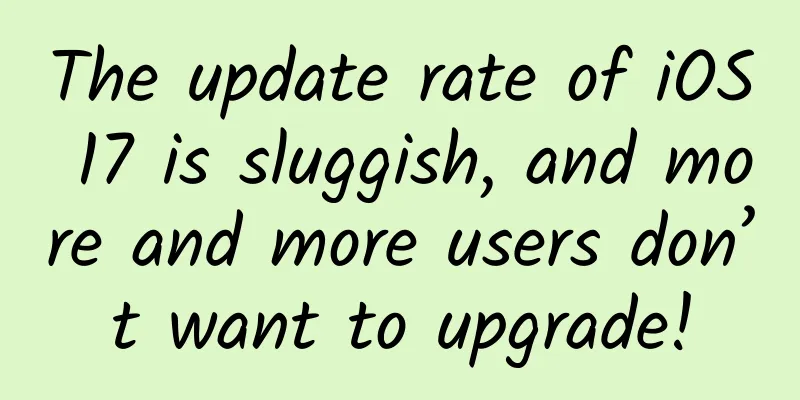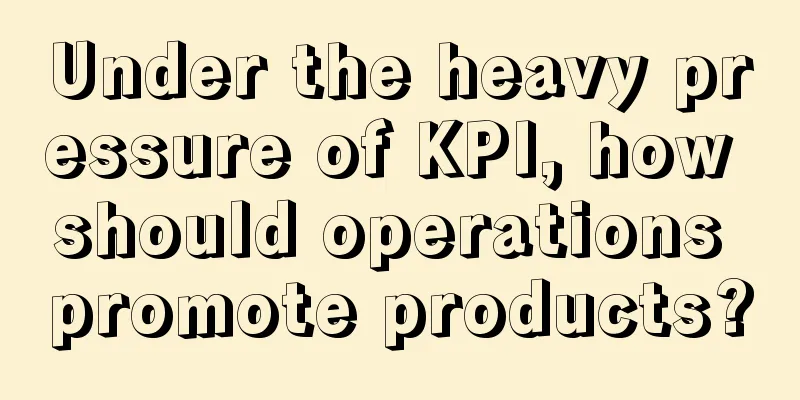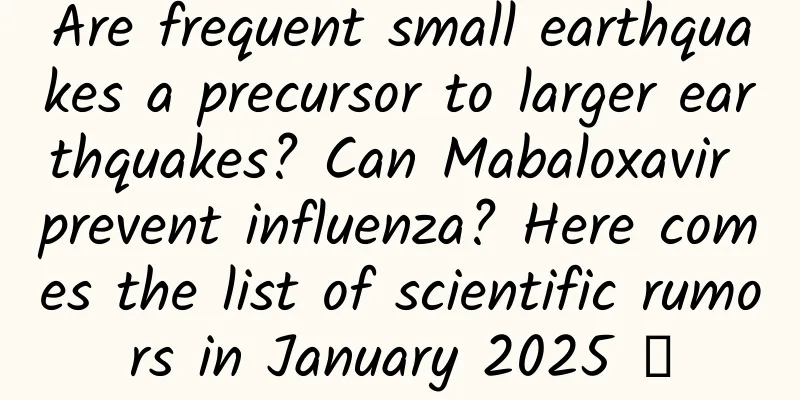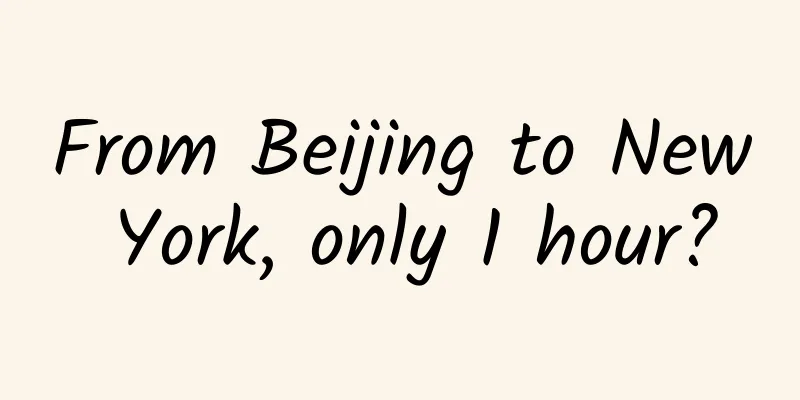The update rate of iOS 17 is sluggish, and more and more users don’t want to upgrade!

|
iOS 17 has been released for more than half a month, but users are not very eager to update. According to statistics as of October 6, the installation rate of iOS 17 was only about 23% 18 days after its release. In comparison, the installation rate of iOS 16 reached 29% 18 days after its release. Specific data shows that 12.13% of users chose iOS 17.0.2, 6.84% used iOS 17.0.3, and only 2% of users insisted on updating to iOS 17. As for the iOS 16 series, the combined share of users of iOS 16.6.1 and 16.7 is about 45%. User feedback shows that there is not much desire to upgrade to iOS 17, mainly because there is less update content, and upgrading old models may cause problems such as lag, and the heating problem of iPhone 15 Pro has not aroused users' enthusiasm for updating. In fact, Apple has always been troubled by the issue of iOS update rate. Since the release of iOS 12, the enthusiasm of Apple fans to update the major version of the system has gradually decreased, which has put Apple under great pressure. At that time, within two and a half months of the release, 70% of eligible iPhone phones completed the system update. |
<<: Android event distribution mechanism
>>: Why does the Android system use Binder as the IPC mechanism?
Recommend
How can gaming products increase their first batch of seed customers?
When operating seed users , the operation will ha...
Hot, hot, hot! Why does the perceived temperature VS the meteorological temperature feel so different?
I believe many of my friends have had this experi...
Even lying down can get you shot! An earthquake hit Chile in South America, but Japan, thousands of miles away, was hit by a tsunami!
On May 22, 1960, the coast of Chile in South Amer...
Domestic smart watches: groping in the dark
"We have clearly realized that smart watches...
China's bumper harvest: Jilin's colors painted on the black soil
In the golden autumn season, the rice in Jilin Pr...
Today is the Winter Solstice | Should we eat dumplings or glutinous rice balls?
In your hometown Should we eat dumplings or gluti...
How does the Foshan Financial Mini Program work? How to promote financial WeChat mini-programs?
With the development of mobile Internet, finance ...
New ways to operate e-commerce on Double Eleven 2019!
Recently, many of my friends in the product field...
How to maintain seed users and enable them to optimize and spread products?
Maintaining seed users is actually a matter of co...
It’s time to spend ten minutes clarifying the definition of product operations
Product operation is the process of attracting a ...
There is no true love in capital marriages. Three stories about Didi
Due to conflicts of interest, I cannot name some ...
What? Cockroaches can also make oil? Cooking oil!
What? Cockroaches can also make oil? Cooking oil?...
As Voyager gets farther and farther away from the sun, why does the resistance increase?
The universe is almost a vacuum, so flying in the...
Costs are reduced by 50%, here are tips for placing OCPC information flow ads!
As the end of the year draws closer, optimizers a...
To B Operation Growth Methodology
In recent years, for PMs who have been engaged in...









